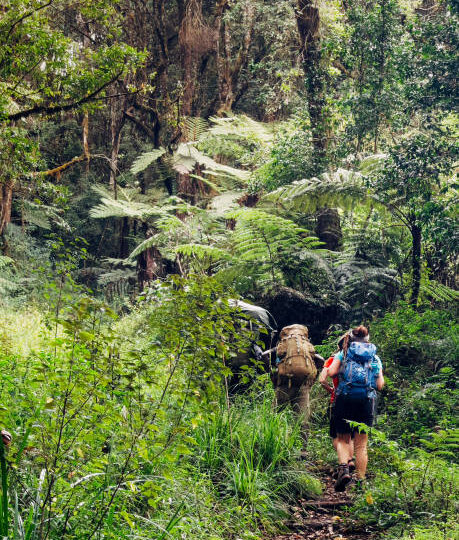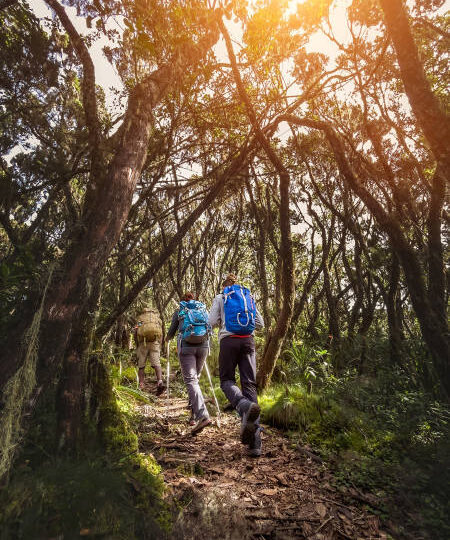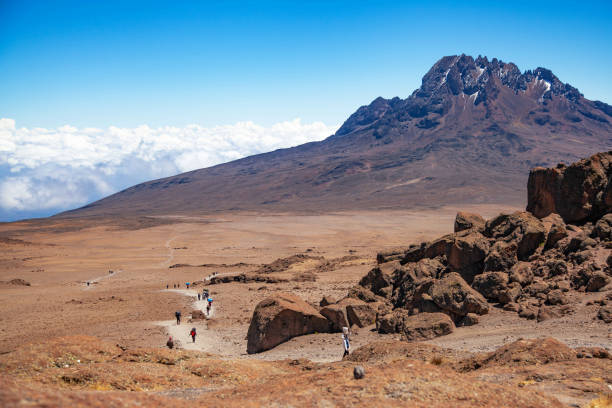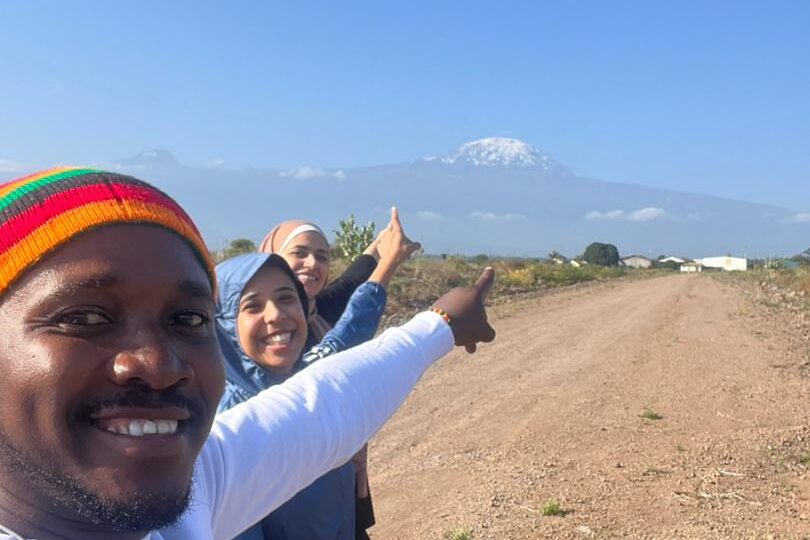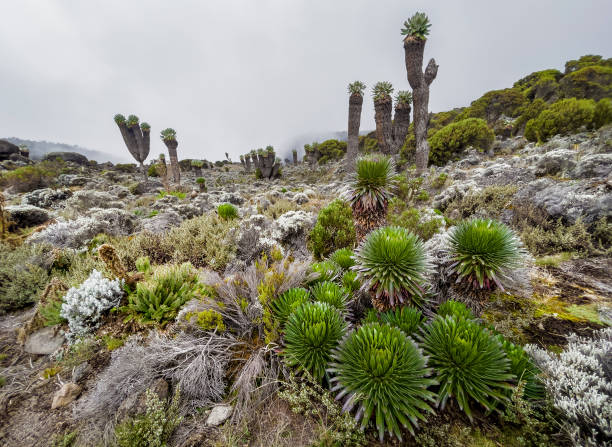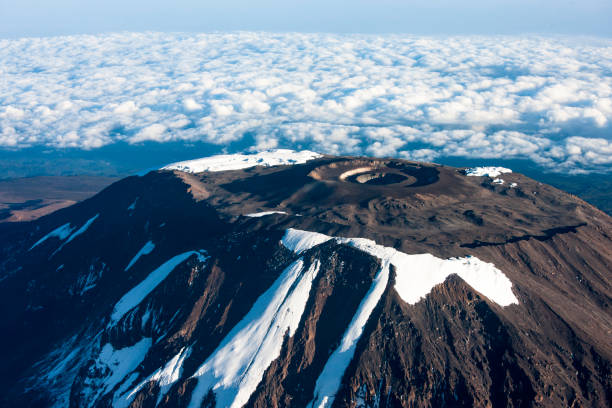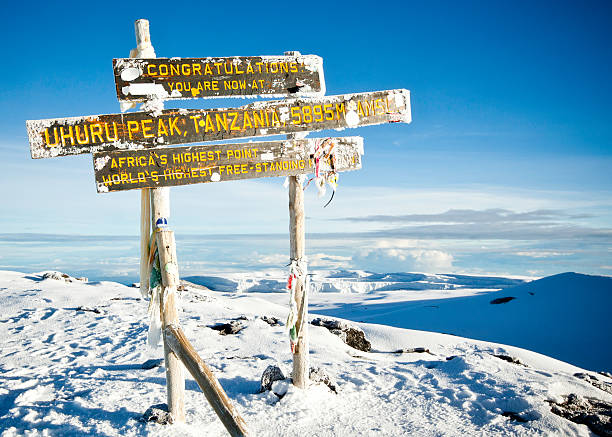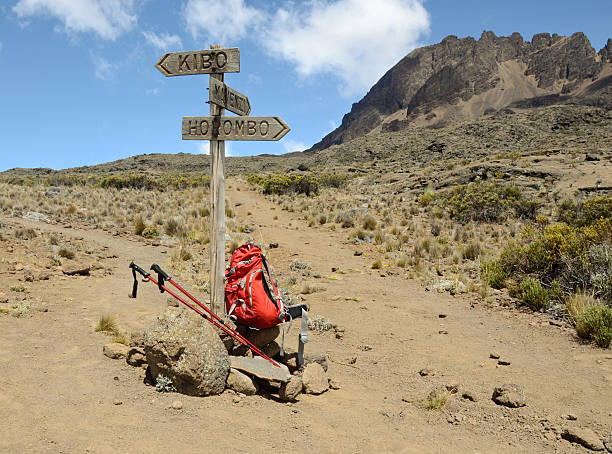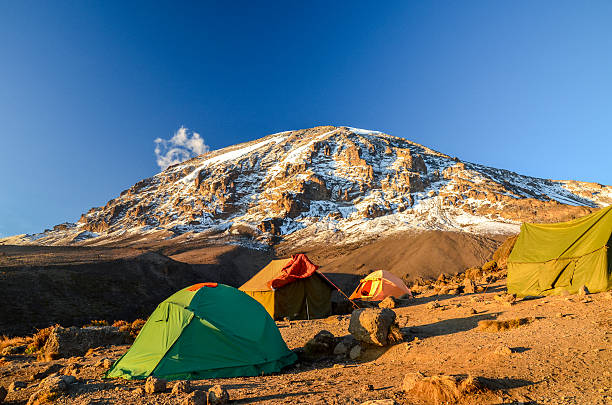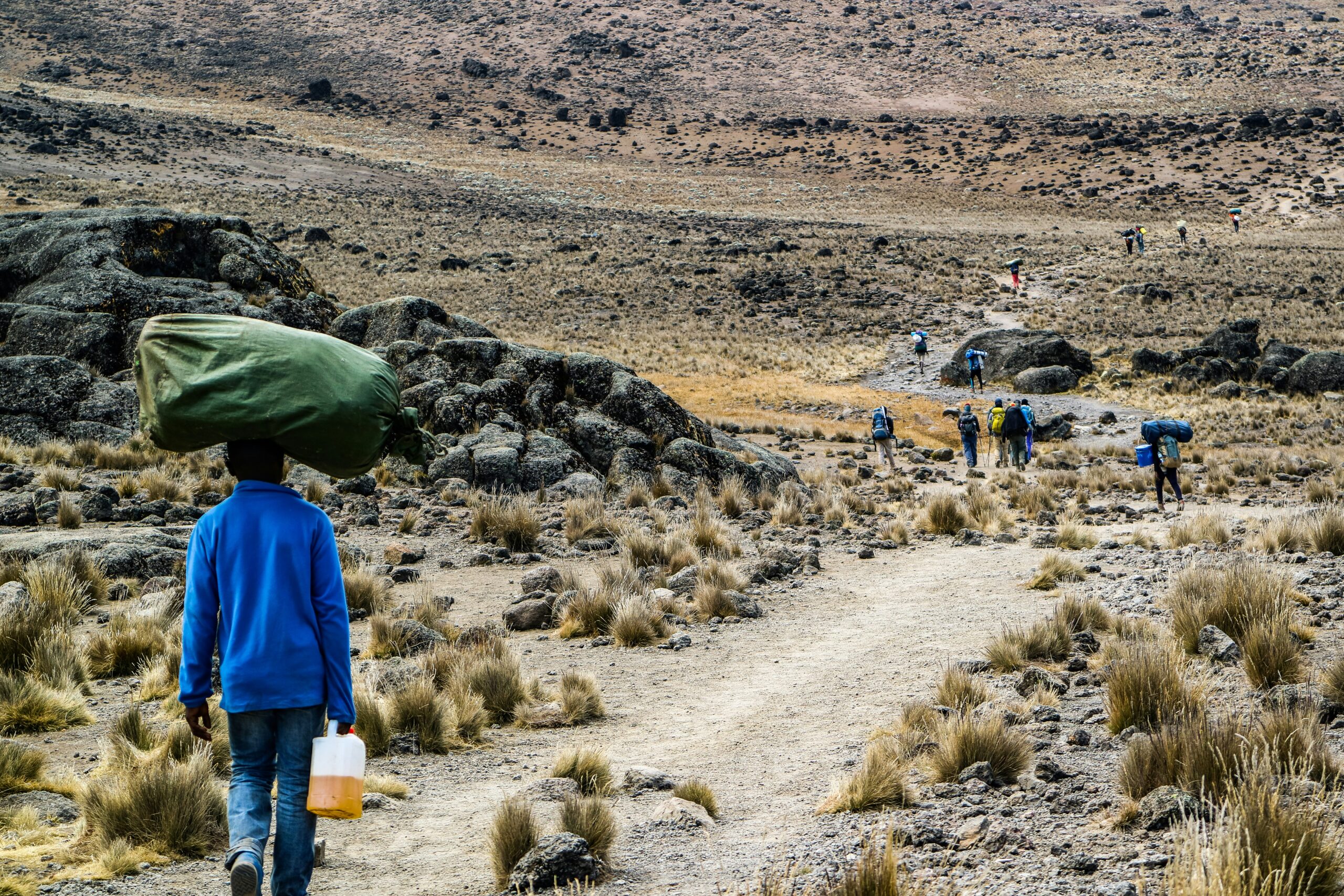Steep, dramatic, and visually stunning—those are the best ways to describe the 7 days Kilimanjaro climb via Umbwe Route. This trail is known for its raw adventure and direct path through dense rainforest, alpine desert, and glacial terrain to the roof of Africa—Uhuru Peak, standing at 5,895 meters. While it's the least crowded of all Kilimanjaro routes, it's also the most challenging, demanding excellent physical fitness, strong mental resolve, and proper acclimatization.
Choosing the Umbwe Route isn't just about reaching the summit. It’s about the journey—the ever-changing landscapes, the camaraderie formed with your team, and the unforgettable sense of accomplishment.

